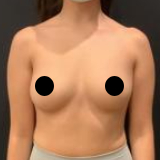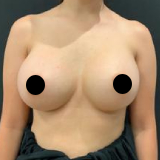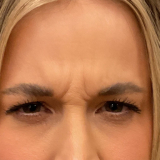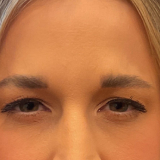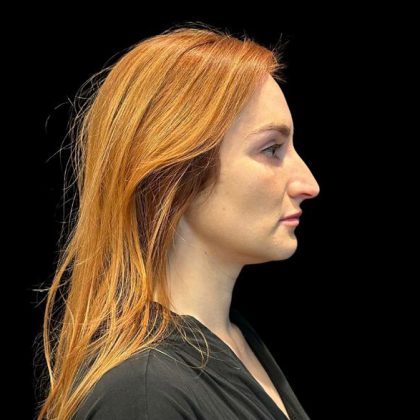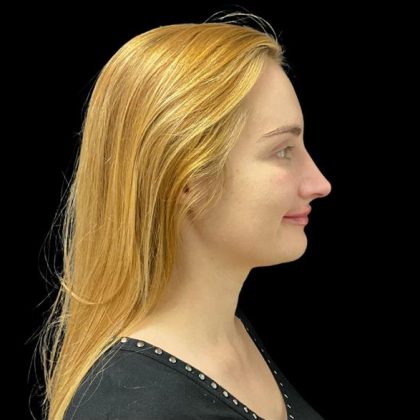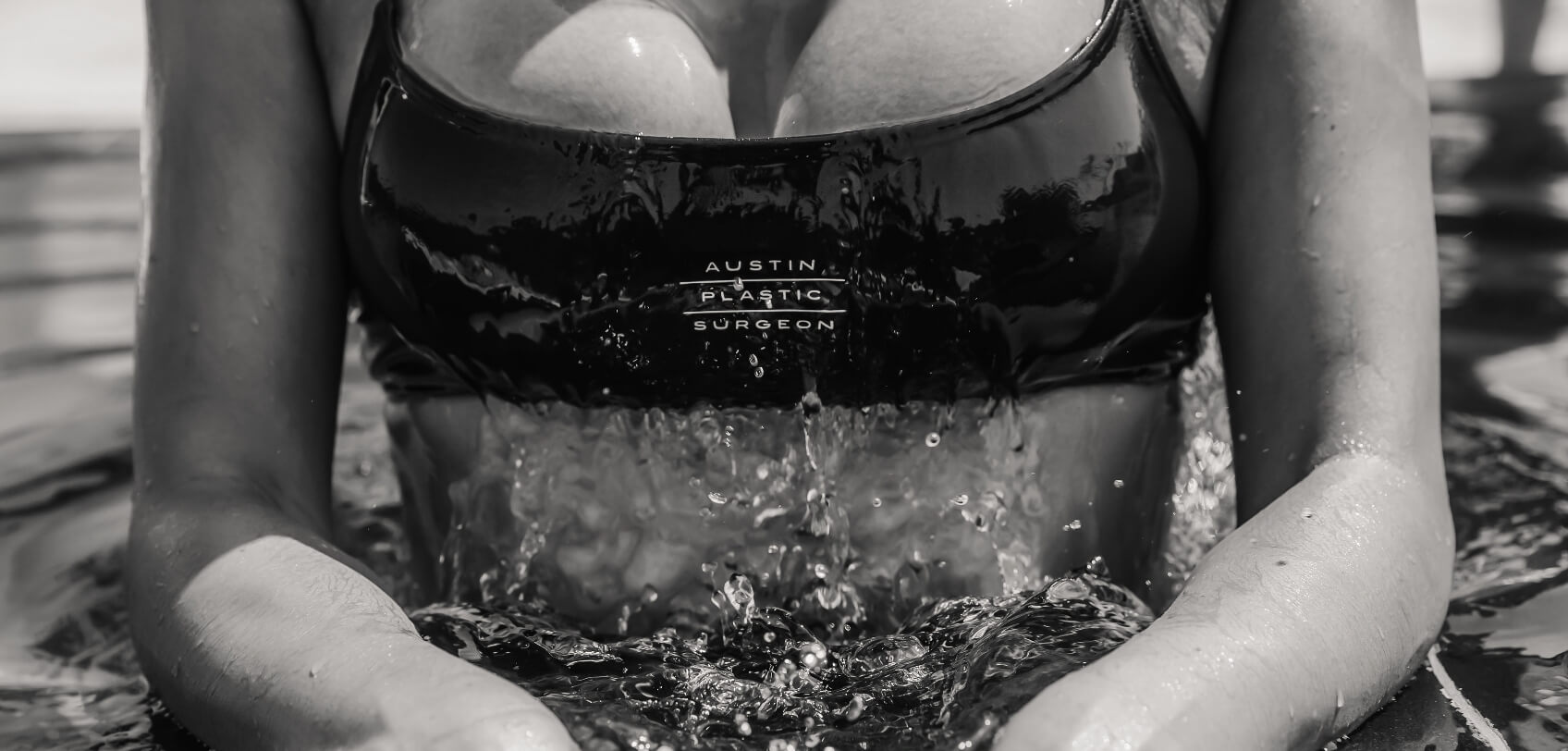Rhinoplasty
Consultations offered at our three convenient locations in Austin, TX, San Antonio, TX and Westlake Hills, TX

Rhinoplasty, commonly known as a “nose job,” is a surgical procedure that aims to enhance the shape and/or functionality of the nose. Patients who have issues with nasal airflow may require one for medical reasons, whereas some may request it as an elective procedure to correct cosmetic irregularities. In both cases, many patients experience life-transforming results that contribute greatly to their well-being and confidence.
In 2020, a statistical report from the American Society of Plastic Surgeons found that rhinoplasty came in first place as the most popular cosmetic procedure. (1) It is no wonder why; facial appearance is usually your most identifiable feature, and the nose is a distinguishing characteristic. With rhinoplasty, patients can enjoy a newly refined, natural-looking nose with insignificant or no visible scarring.
Before and After Photos
If you are interested in learning more about the incredible benefits of rhinoplasty and if it is right for you, book a consultation at Austin Plastic Surgeon at one of our 3 locations throughout the state of Texas. Our practice is dedicated to helping patients achieve results tailored to their unique facial features and goals. Our team of surgeons is well-versed in multiple areas of expertise and involved in cutting-edge research shaping the field today.
To get in touch with us, call one of the following numbers listed below or use our contact form, and a staff member will set up an appointment to discuss your options at your earliest convenience.
Contents [hide]
About Rhinoplasty
Your options for rhinoplasty are numerous. It involves the manipulation of skin, subcutaneous soft tissue, cartilage and bony framework, and mucous membrane linings. You can undergo a rhinoplasty to treat many perceived imperfections in your nose. With internal changes, rhinoplasty can eliminate dorsal humps and depressions, correct significant asymmetries, create more aesthetically pleasing nostrils, or modify the nasal tip or bridge to fix over-roundness or pointedness. Surgeons are careful to make such changes while still preserving the ethnic characteristics of your nose, and the key is to create facial balance and a proportional look you can feel satisfied with.
Functional Rhinoplasty
Rhinoplasty is also used to clear obstructed airways. The procedure carefully adjusts the nasal structure to produce better alignment of the septum to improve airflow and breathing. However, for strictly functional purposes, surgeons recommend septoplasty, a procedure that solely focuses on making breathing easier for the patient. These types of issues can either be caused by a wide nasal bridge in relation to the rest of the facial structure or a deviated septum. With a deviated septum, there is an asymmetry in the internal nostrils (fossae), causing uneven airflow and sometimes, chronic post-nasal drip issues. This condition can cause a chronic cough due to sinus mucus dripping into the throat from the nasal cavity.
If you want to breathe better, there is no reason your surgeon cannot accomplish both aesthetic and functional improvements at the same time. With septorhinoplasty, you can benefit from both rhinoplasty and septoplasty techniques within one procedure.
Benefits of Rhinoplasty
Rhinoplasty can provide you with permanent enhancements to your facial contours and free you from the burden of chronic infections, breathing issues, and feelings of self-consciousness about your appearance. At Austin Plastic Surgery, many of our patients come to us to modify:
- Dorsal humps and depressions
- Bulbous nose tips
- Downward-pointing or “hooked” noses
- Crooked noses from trauma or genetics
- Nasal valve collapse
- Upturned, large, or wide nostrils
- Too-wide or too-narrow nose bridges
- Misaligned septums
- Enlarged turbinates
By having an in-depth discussion with your surgeon, you can find the best treatment plan that aligns with your desires for the procedure.
Candidates
Ideal candidates should be in overall good health with no major conditions that could impede the natural healing process. They should also be at least 16 years of age since this is the age at which the nasal bones have completed their development. Some children under 16 may qualify on a case-by-case basis if they experienced early termination of puberty and have a more skeletally mature face. Regular smokers will have to stop for at least four weeks before surgery to allow their circulatory system to return to its most optimal state. While cosmetic surgery is a great excuse to quit smoking forever, if this is not possible smokers should not resume smoking earlier than four weeks after surgery. These rules apply to nicotine in any form. Every candidate should have realistic expectations for the procedure that can be safely achieved.
Personal Consultation
During your consultation at our practice, your surgeon will go over any questions you may have about the procedure itself and discuss their procedural recommendations for your particular case. They will explain everything you need to know to prepare yourself and recover healthily without complications. They may take measurements and photos of your nose for a three-dimensional understanding of your facial dimensions, ensuring that they use the right techniques to help you achieve your aesthetic vision of an ideal nose. They will be transparent about what can and cannot be accomplished, helping you to make an educated decision going forward.
To get the most personalized, informative care concerning your rhinoplasty needs, contact one of the locations closest to you by using our contact form or calling one of the numbers listed below. We cannot wait to show you how the results can enhance your natural beauty to the fullest.
To book your appointment at your nearest location, call:
Preparation
Your surgeon will go over your list of current medications and supplements and ask you to stop taking blood thinners which can increase your risk of experiencing a complication before or after your procedure. Some common medications to avoid are aspirin and ibuprofen, but we will provide you with a list of safe alternatives. If you are a smoker or consume any form of nicotine, you should aim to quit for at least 2 months – 4 weeks before your surgery and 4 weeks afterward. Doing so will help increase quality blood circulation throughout your body, helping you heal faster.
Finally, you should refrain from alcohol for two weeks before surgery and one week after surgery since it can act similarly to a blood thinner. A good rhinoplasty requires great visibility during surgery. “Thin” blood caused by any reason can obscure the surgeon’s vision of the delicate anatomy and challenge the ability to provide great results. Thus, it is really important to follow all preoperative instructions about alcohol and medications to avoid.
Procedure Options
Closed Rhinoplasty
A “closed” rhinoplasty is a nose surgery that avoids any external incisions on the nose. Surgeons commonly perform this technique when minimal nasal tip work is required or the primary concern is dorsal hump irregularity. These types of rhinoplasties are considered less invasive and promote a faster recovery since surgeons only need to make relatively minor adjustments. This approach can also correct nasal valve collapse to eliminate airflow resistance. (2)
Open Rhinoplasty
For an “open” rhinoplasty, your surgeon will gain full visualization of the nasal cavity using an external incision on the columella, the dividing tissue between the nostrils. For these more comprehensive surgeries, they may utilize a cartilage graft to support the surgical modifications where needed. Your surgeon will place permanent sutures to configure the graft in its proper alignment and place more sutures along the columella. There is typically a minor horizontal scar along the columella, but it is extremely discreet. The columella incisions are made with special patterns to make them less visible. Since there is increased visibility into the nasal architecture, the open approach promotes more surgical precision. (3)
Preservation Rhinoplasty
The term “Preservation Rhinoplasty” is not one specific technique. The term refers to a group of techniques in which changes are made to nasal structures under the skin in a manner that limits the separation of tissues and promotes the maintenance of positive features. Preservation rhinoplasty is sometimes confused with closed rhinoplasty. They are different and preservation rhinoplasty can be done using both closed and open techniques.
One of the best examples of preservation rhinoplasty is the approach to a dorsal hump, also known as a prominent bridge or pump on the bridge. The non-preservation approach to a hump involves separating the tissues that make up the hump, bone, and cartilage, removing tissue from the top, and then reassembling those tissues to create a new less projecting, and straight surface of the bridge. In the preservation approach to the dorsal hump, the bones and cartilage are not separated. Instead, the bone and cartilage are removed farther back on the nose while the dorsum is left intact but is brought back toward the face thus reducing its projection. Preservation rhinoplasty is best for patients who have a straight nose and a smaller hump. Your surgeon can help determine if preservation rhinoplasty is an appropriate option.
Piezorhinoplasty
Piezorhinoplasty refers to any rhinoplasty, open, closed, or preservation, where the Piezotome is used. The Piezotome is an advanced electronic bone-cutting and sculpting tool. The Piezotome can precisely and gently cut and shave away bone while causing minimal trauma to surrounding tissues such as mucosa and skin. The results of piezorhinoplasty are characterized by less bruising, swelling, and pain in general. Most rhinoplasties performed at Austin Plastic Surgeon use the piezotome.
What is a Liquid Rhinoplasty?
Liquid rhinoplasty is a non-surgical method of reshaping the nose using dermal fillers. Your injector can administer these superficially into the skin, where it will trigger more collagen production and create a slight plumping effect. With artistic skill, injectors can eliminate the look of nasal humps and other imbalances with the added volume provided by the filler/s. Depending on the type of filler and your metabolism, the fillers will improve nasal contour for several months or even years.
Recovery and Results
After your rhinoplasty, your nose will experience some tenderness and bruising. Your surgeon will prescribe you medication to help combat any discomfort. You can also use a cold compress to help calm the swelling. Your surgeon will have stabilized your nose in a splint or bandages to allow the tissues to heal in the correct alignment. Depending on the nature of your surgery, they may also apply internal gauze to provide support from inside the nostrils as well. After being discharged, you will need someone to take you home since you will still experience some of the sedating effects of anesthesia.
After the first couple of days of healing, your surgeon will remove the gauze and instruct you to keep your head elevated and refrain from touching the area in general. You should completely refrain from sneezing; you can exhale sharply to get rid of the sensation. After the first 1 to 2 weeks of recovery, your surgeon will remove the nasal cast. You should feel well enough to go back to work, as long as you avoid strenuous work or activities. At a later date, your surgeon will schedule another follow-up appointment to give you clearance to return to the gym.
After the initial healing period and results, any residual swelling will gradually subside in about 6 to 12 months. A good guideline is that 60% of the swelling goes away in the first 3 months and the remaining 40% of the swelling resolves between months 3 and 12. Nasal cartilage has poor blood circulation, so it generally takes longer to heal than other types of tissue, but the final results are 100% permanent.
Cost of a Rhinoplasty in Austin
The cost of your rhinoplasty will depend on the specific surgical techniques applied, the anesthesia, prescriptions, and follow-up appointments to monitor your healing progress. Your Austin Plastic Surgeon will give you a detailed quote at the time of your consultation, but a general idea of the costs is included on our plastic surgery pricing page.
To begin your journey toward renewed confidence, we invite you to inquire about our services with our online form or get in touch with the location nearest you.
FAQ
Can rhinoplasty improve breathing problems?
Yes, rhinoplasty can address structural abnormalities and correct breathing problems caused by issues such as a deviated septum or other nasal obstructions. Your surgeon will evaluate your specific concerns and recommend the appropriate surgical approach to optimize both aesthetics and function.
Can rhinoplasty fix a crooked nose?
Yes, rhinoplasty can effectively correct a crooked nose through reshaping and restructuring of the nasal structures. Your surgeon will determine the best surgical techniques to achieve a straighter and more balanced nasal appearance.
How long is the recovery time for rhinoplasty?
Recovery time can vary from patient to patient, but most individuals can return to daily activities within one to two weeks. Complete healing and final results can take several months, up to a year.
Can rhinoplasty address nasal trauma?
Reconstructive rhinoplasty can be performed to correct deformities resulting from nasal trauma, such as broken noses or fractures.
What is an ethnic rhinoplasty?
Ethnic rhinoplasty addresses the unique anatomical characteristics and cultural preferences of individuals from diverse ethnic backgrounds. It aims to preserve ethnic identity while enhancing facial harmony and balance.
Why does it take so long to see final rhinoplasty results?
After rhinoplasty, the nasal tissues need adequate time to heal properly. This includes the skin, mucous membranes, cartilage, and bone. The body’s natural healing process takes time, and patients need to allow sufficient time for the tissues to heal fully to achieve optimal results.
References
- American Society of Plastic Surgeons. 2020 Plastic Surgery Statistics Report. 2020. https://www.plasticsurgery.org/documents/News/Statistics/2020/plastic-surgery-statistics-report-2020.pdf
- Gupta R, John J, Ranganathan N, et al. Outcomes of Closed versus Open Rhinoplasty: A Systematic Review. Archives of Plastic Surgery. 2022;49(05):569-579. doi:https://doi.org/10.1055/s-0042-1756315
- Raggio BS, Asaria J. Open Rhinoplasty. PubMed. Published 2021. https://www.ncbi.nlm.nih.gov/books/NBK546628/
